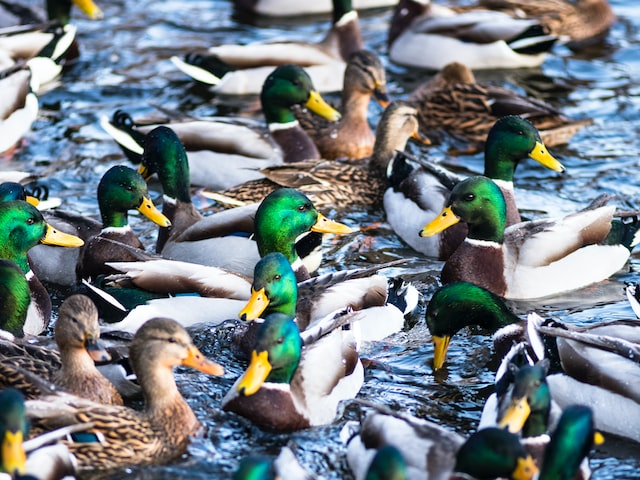Introduction: Creating a Bird-Friendly Garden

Are you a nature lover and interested in attracting more birds to your garden? Creating a bird-friendly garden not only benefits our feathered friends but also adds beauty and tranquility to our outdoor spaces. In this blog post, I will introduce you to the best plants that provide both shelter and food for birds.
Why is it important to provide shelter and food for birds?
Birds play a crucial role in our ecosystems. They help with pollination, control insect populations, and spread seeds. By offering them a safe haven and sustenance, we contribute to the preservation of their species and enhance biodiversity in our surroundings. Moreover, watching birds visit your garden can bring joy and a sense of connection with nature.
The Best Plants for Bird Protection and Nutrition
-
Native Trees: Native trees provide an excellent habitat for birds throughout the year. They offer shade during hot summers and shelter during harsh winters. Some popular choices include oak trees, birch trees, and maple trees. These towering beauties attract a wide range of bird species and often provide nesting sites.
-
Berry-Producing Shrubs: Berry-producing shrubs are like a buffet for birds, attracting them with their vibrant fruits. Consider planting elderberries, holly, hawthorn, or mountain ash bushes in your garden. These shrubs not only provide nourishment but also serve as a source of shelter.
-
Nectar-Rich Flowers: Welcoming hummingbirds and other nectar-loving birds to your garden is as simple as planting a variety of nectar-rich flowers. Flowers such as bee balm, salvias, and columbines will attract these fascinating creatures. Ensure that you provide a continuous supply of nectar throughout the growing season.
-
Grasses and Wildflowers: Grasses and wildflowers offer birds with plenty of nesting materials. Planting a mix of native grasses and wildflowers, such as switchgrass and coneflowers, will not only create a beautiful landscape but also attract birds seeking nesting materials.
-
Evergreen Trees and Shrubs: Evergreens, such as pine trees and hollies, provide year-round cover and protection against the elements. Birds can easily find shelter in their dense foliage during all seasons. Including a few evergreen species in your garden will ensure your feathered friends always have a place to rest.
Additional Tips for a Bird-Friendly Garden
-
Create different layers of vegetation, including ground covers, shrubs, and trees, to cater to birds’ diverse needs.
-
Provide water sources such as birdbaths, shallow dishes, or a small pond. Birds need fresh water for bathing and drinking.
-
Avoid using pesticides and herbicides in your garden. These chemicals can harm birds directly or indirectly by reducing their food sources.
-
Supplement natural plantings with bird feeders filled with quality seed mixes. This will attract additional bird species and provide extra sustenance, especially during harsh weather conditions.
-
Be patient. Attracting birds takes time, and it may take a while for them to discover your bird-friendly garden. Remember to observe from a distance and respect their space.
Conclusion: Creating a Haven for Feathered Friends

In conclusion, transforming your garden into a bird-friendly haven is an ideal way to support the local avian population and connect with nature. By planting native trees, berry-producing shrubs, nectar-rich flowers, grasses, and evergreen species, you will provide birds with the shelter and nourishment they need. Remember to add water sources and avoid harmful chemicals to ensure their well-being. With time and patience, your garden will become a sanctuary for delightful bird visitors.
If you want to know more about creating a bird-friendly garden, watch this informative video:
So, grab your gardening tools, get started, and enjoy the beauty and melody of our feathered friends in your own backyard!
Featured image source: Pixabay
Leave a Reply